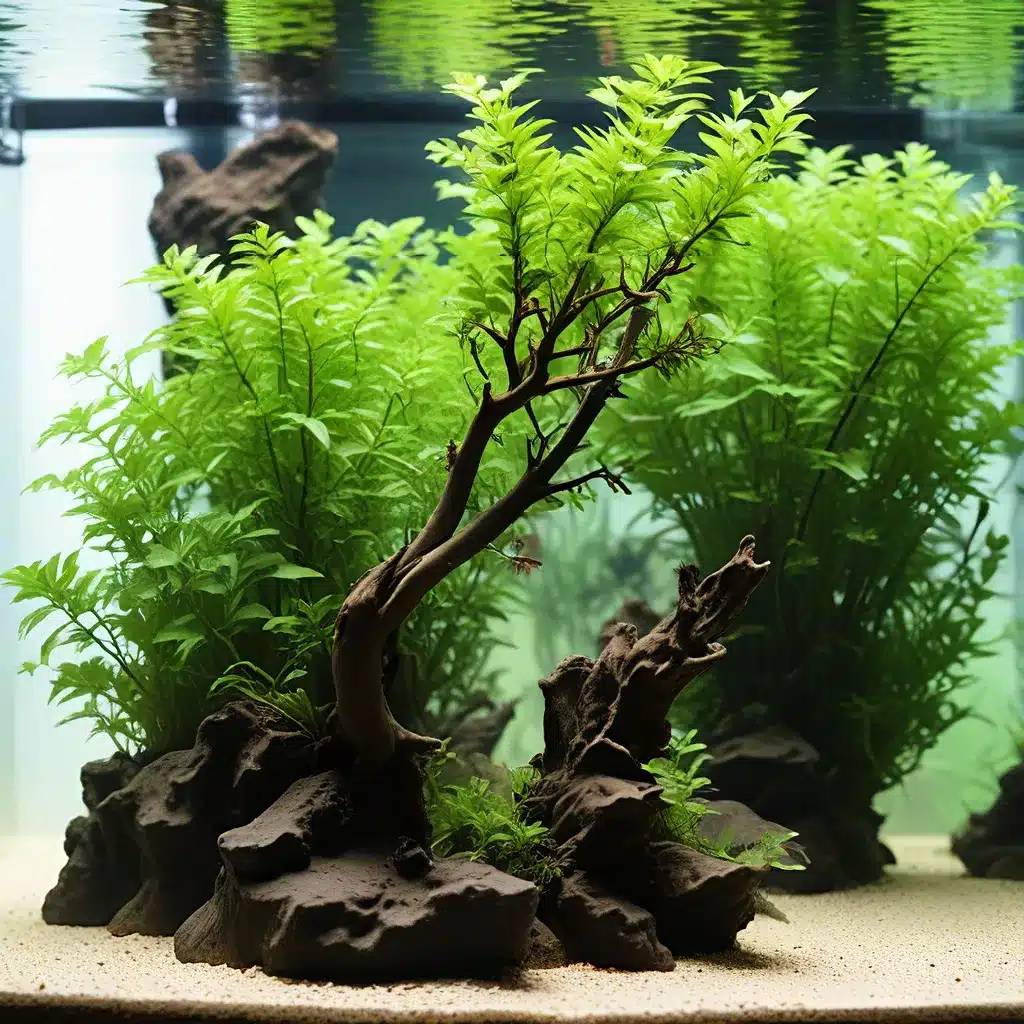
The Importance of Proper Plant Acclimation
Maintaining a thriving planted aquarium is a delicate balance, requiring meticulous attention to detail when introducing new aquatic plants. Each plant species has unique environmental preferences and acclimation needs, making the process of adding new flora to an established tank a critical step in ensuring their long-term success. King Aquarium is dedicated to providing hobbyists with the knowledge and tools necessary to cultivate verdant, healthy planted aquascapes.
Proper acclimation is essential for minimizing plant stress and maximizing their chances of survival. Sudden changes in water parameters, lighting, and other environmental factors can be detrimental to delicate aquatic plants, leading to stunted growth, nutrient deficiencies, and even plant death. By following a structured acclimation protocol, you can gradually expose new plants to the conditions of your aquarium, allowing them to adapt and thrive.
Understanding Plant Adaptations and Environmental Needs
Aquatic plants have evolved a diverse range of adaptations to survive in their respective aquatic environments. Understanding the unique requirements of each plant species is the foundation for successful acclimation. Factors such as light intensity, water chemistry, substrate composition, and nutrient availability all play a crucial role in determining a plant’s suitability for your aquarium.
Light Requirements
Different plant species have varying light requirements, ranging from low-light tolerant plants like Anubias and Java Fern to high-light demanding stem plants and carpeting plants. Introducing a plant to an environment with insufficient or excessive lighting can lead to stunted growth, color changes, and even plant death.
Water Chemistry Preferences
Aquatic plants thrive in specific ranges of pH, hardness, and dissolved mineral content. For example, Cryptocoryne species prefer soft, acidic water, while Vallisneria and Sagittaria prefer harder, more alkaline conditions. Carefully matching the water parameters of your aquarium to the plant’s needs is essential for acclimation success.
Substrate Composition
The type of substrate in your aquarium can also impact a plant’s ability to establish and thrive. Some plants, like Echinodorus and Cryptocoryne, require a nutrient-rich substrate to support their root systems, while others, such as Java Moss and Anubias, are better suited for attachment to driftwood or rocks.
Nutrient Availability
Aquatic plants have varying nutritional requirements, with some species being more sensitive to macro and micronutrient imbalances. Ensuring that your aquarium provides the necessary nutrients, whether through the substrate, water column, or supplementation, is crucial for healthy plant growth.
Developing a Structured Acclimation Protocol
Implementing a step-by-step acclimation process is essential for seamlessly introducing new plants to your aquarium. This approach helps minimize shock, promote adaptation, and increase the chances of long-term success.
Step 1: Quarantine and Inspection
Upon receiving new plants, quarantine them in a separate tank or container to inspect for any signs of disease, pests, or damage. This helps prevent the introduction of unwanted organisms into your established aquarium. During the quarantine period, observe the plants closely and ensure they are healthy and vibrant.
Step 2: Water Parameter Matching
Carefully compare the water parameters of the new plants’ source environment to those of your aquarium. This includes factors such as pH, hardness, temperature, and dissolved mineral content. If significant differences exist, begin the acclimation process by slowly adjusting the water in the quarantine container to match your aquarium’s conditions.
Step 3: Gradual Exposure
Gradually expose the new plants to your aquarium’s lighting, water flow, and other environmental factors over the course of several days or even weeks, depending on the sensitivity of the species. This step-by-step approach helps the plants adapt to the new conditions without experiencing sudden shock.
Step 4: Nutrient and Substrate Adaptation
If the new plants require a specific substrate type or have unique nutrient needs, introduce these elements gradually to the quarantine container. This ensures that the plants can establish a healthy root system and access the necessary nutrients for growth.
Step 5: Final Acclimation and Planting
Once the plants have successfully adapted to the quarantine environment, they can be carefully transferred to your main aquarium. Observe the plants closely for the first few days, and be prepared to make any necessary adjustments to water parameters, lighting, or dosing to ensure their continued well-being.
Troubleshooting and Monitoring Plant Health
Even with a well-planned acclimation protocol, aquatic plants may still experience some stress or display signs of adjustment. Carefully monitor the plants for any changes in appearance, growth, or behavior, and be prepared to take corrective action if necessary.
Common issues that may arise during acclimation include:
- Leaf discoloration or melting: This can indicate a need for adjustments in water parameters, lighting, or nutrient levels.
- Stunted growth or lack of new growth: This may suggest that the plant is not receiving the necessary resources or is still adapting to the new environment.
- Algae growth or bacterial infections: These can be a sign of imbalanced water conditions or the introduction of pathogens during the acclimation process.
By closely monitoring your plants and making timely adjustments, you can address any issues and ensure a successful transition to your aquarium’s ecosystem.
Conclusion
Proper acclimation is the cornerstone of maintaining a thriving planted aquarium. By understanding the unique requirements of each plant species and following a structured acclimation protocol, you can seamlessly introduce new flora to your tank, promoting healthy growth and vibrant aquascapes. Remember, patience and attention to detail are key when working with delicate aquatic plants. With the right approach, you can create a lush, sustainable underwater oasis that will captivate and inspire aquarium enthusiasts.

